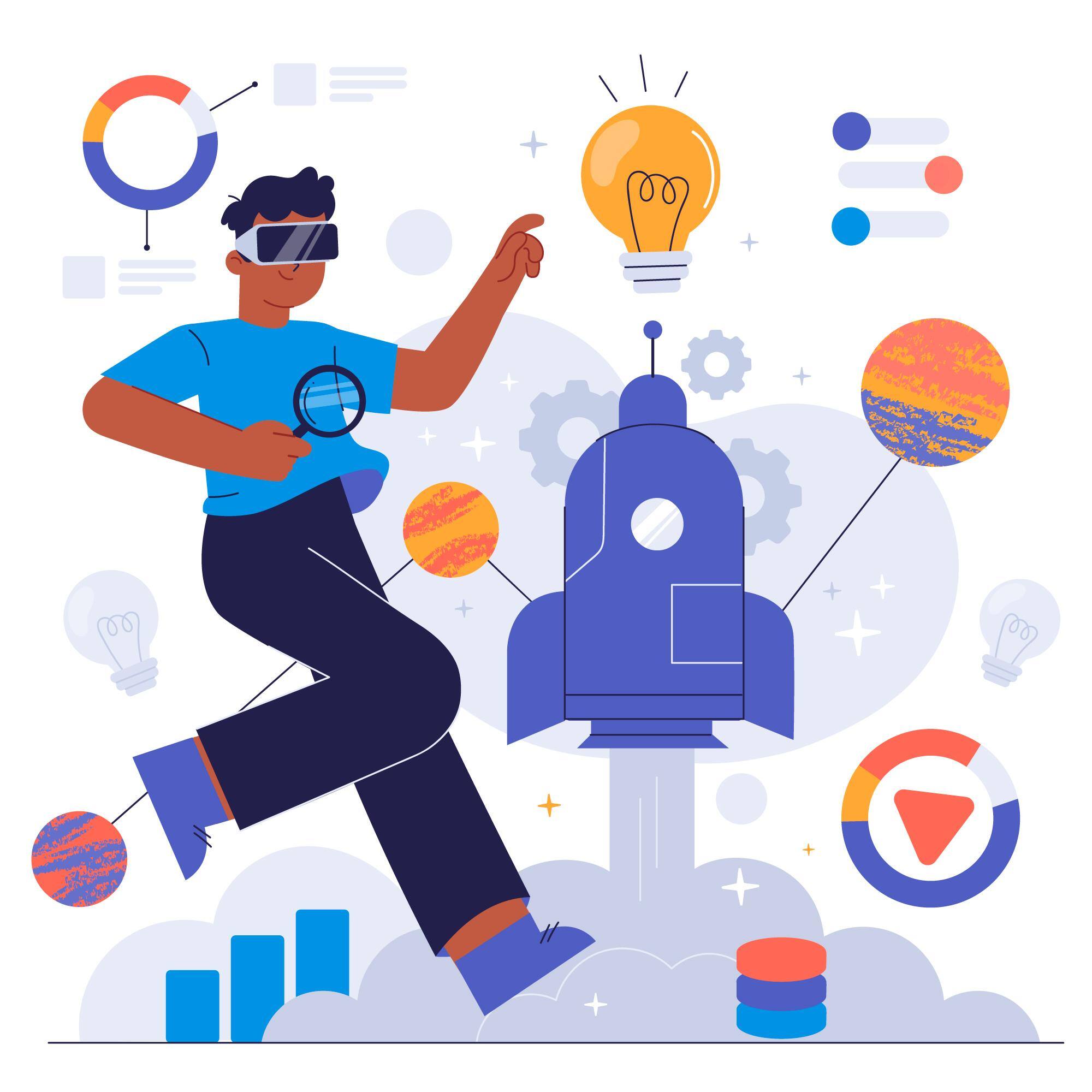Employee feedback systems are no longer just a nice-to-have, they’re essential for building a workplace where employees feel engaged, valued, and empowered. When combined with microlearning platforms, these systems do more than just gather input; they enhance communication and spark ongoing growth.
In this blog, we’ll dive into how effective feedback systems fuel employee engagement and why they’ve become a must-have tool for HR professionals aiming to create thriving, dynamic teams.
Learn how to Create Exceptional Employee Experiences and boost team engagement.
Why Employee Feedback Systems Matter
Employee feedback systems are structured processes or tools designed to capture, evaluate, and act upon organizational feedback. These systems foster open communication between employees and management, ensuring every voice is heard. HR professionals increasingly rely on these systems to:
- Identify employee concerns and areas of dissatisfaction.
- Create actionable plans to enhance job satisfaction.
- Strengthen relationships and trust across hierarchies.
An efficient feedback mechanism does more than collect opinions, it empowers employees to take ownership of their roles while helping leadership understand the pulse of their teams.
The Role of Microlearning in Feedback Systems
Feedback systems thrive when paired with actionable insights, microlearning provides the perfect avenue for this. Microlearning platforms deliver short, engaging lessons tailored to individual skill gaps identified through feedback. Here’s how these two tools complement each other:
- Real-Time Skill Development: When employees highlight gaps in knowledge, microlearning delivers bite-sized lessons that address these issues immediately.
- Behavioural Reinforcement: Feedback often points out behavioural improvements. Microlearning modules focused on communication, teamwork, or leadership can reinforce desired behaviours.
- Customized Learning Paths: Feedback insights help create personalized learning paths that align with individual career goals and organizational needs.
Learn how to use AI in order to deliver tailored bite-sized customer training.
Organizations can translate insights into measurable improvements by integrating microlearning into the feedback process.
Key Features of Effective Employee Feedback Systems
HR leaders must ensure that their feedback systems are robust and dynamic to maximize engagement. Essential features include:
- Anonymity Options: Encouraging honest responses by protecting employee identities.
- Multi-Directional Feedback: Facilitating feedback from managers, peers, and subordinates.
- Real-Time Reporting: Allowing instant access to results for quicker action.
- Integration with Development Tools: Pairing feedback outcomes with platforms like microlearning for targeted growth initiatives.
Tools like 360-degree feedback and pulse surveys can bring depth to traditional review systems, making them more comprehensive.
Discover Best Practices for Designing Bite-Sized Learning Programs and seamlessly integrate feedback with targeted development tools.
Employee Feedback Systems vs. Review Systems
While feedback systems focus on ongoing dialogue, employee review systems are periodic evaluations often linked to performance appraisals. A modern HR strategy should balance both:
- Feedback Systems: Provide real-time insights and foster a culture of openness.
- Review Systems: Establish benchmarks for promotions, raises, and long-term performance goals.
Blending these systems ensures continuous growth while meeting organizational objectives.
Success Stories: Companies Using Feedback and Microlearning Together
Leading organizations are setting benchmarks by combining employee feedback systems with microlearning. For example:
- Google leverages real-time feedback tools and personalized learning paths to boost team collaboration.
- Microsoft integrates insights from feedback into role-specific training modules on their microlearning platform, driving productivity improvements.
These case studies highlight how actionable feedback and scalable learning solutions can transform company culture.
How to Implement an Effective Feedback System in Your Organization
- Define Goals: Understand what you aim to achieve through feedback (e.g., employee engagement, leadership development).
- Choose the Right Tools: Select platforms that support multi-channel feedback and integrate with microlearning.
- Promote a Feedback Culture: Train leaders to give and receive feedback constructively.
- Act on Insights: Demonstrate that feedback leads to fundamental organizational changes.
At 5mins.ai, we recognize the power of combining employee feedback with actionable learning.
We offer 20,000+ bite-sized lessons tailored to individual and organizational needs. These lessons address knowledge gaps, reinforce positive behaviors, and enhance engagement.
Discover how we combine feedback systems with microlearning by getting a free trial with us through the button below.



